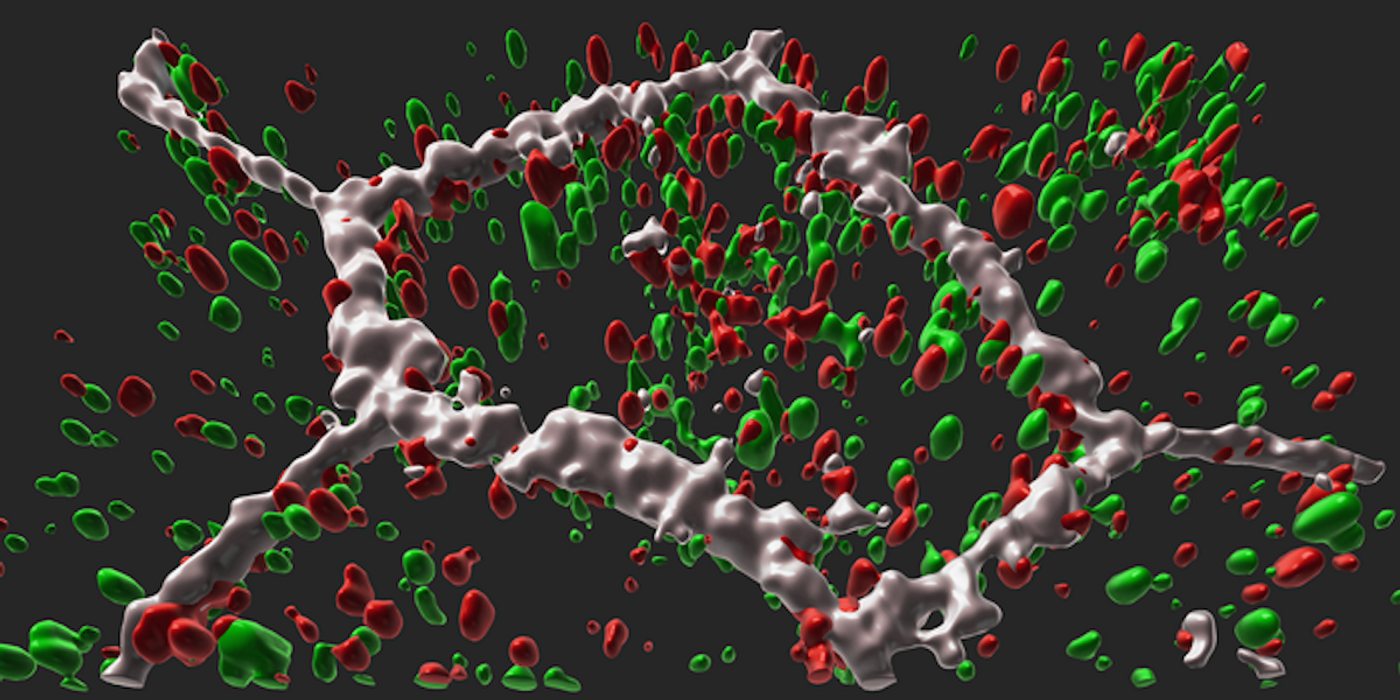New Model of Eye Disorder Opens Up Treatment Strategy
Late-onset retinal degeneration (L-ORD) is a rare genetic disorder that can lead to blindness. It's caused by mutations in a gene called CTRP5, which encodes for a protein with the same name. There is abnormal growth of blood vessels and an accumulation of a molecule called apolipoprotein E in L-ORD patients, who have trouble with night vision and a deterioration of central vision that starts around age 55. Cells in a layer called the retinal pigment epithelium (RPE) begin to shrink and die. The RPE cells support the photoreceptors in the retina, so as they die, there is a loss of photoreceptors and vision deteriorates.
Scientists have now found that a medication called metformin, which is used to treat diabetes, could be used along with gene therapy to treat L-ORD. In a new study reported in Communications Biology, researchers used patient samples to model the disease in the lab. Skin cells from L-ORD patients and their healthy siblings were reprogrammed to generate induced pluripotent stem cells. Those stem cells were then used to create RPE. The cells from the patients recapitulated symptoms of the disorder; apolipoprotein E deposits formed, and unusual vascular endothelial growth factor release occurred, which could promote blood vessel growth. The patient-derived RPEs had an abnormal appearance compared to those from the healthy siblings.
The mutant CTRP5 protein from patients was modeled, and the researchers determined that it was less likely to attach to its receptor, which could disrupt the regulation of fat metabolism. That reduction also caused the dysregulation of a molecule called AMP-activated protein kinase (AMPK), which is a crucial player in fat metabolism and energy regulation.
The researchers hypothesized that chronic activation of AMPK could reduce the detection of imbalances in metabolism, which could be leading to a disruption in lipid metabolism and the subsequent accumulation of apolipoprotein E, explaining the deposits observed in the L-ORD disorder. When AMPK that was chronically activated was inhibited, the researchers reduced the deposits of apolipoprotein E and vascular endothelial growth factor release.
Metformin can modulate the activity of AMPK. When the researchers exposed the patient-derived RPEs to metformin and a gene therapy that promoted the normal expression of CTRP5, L-ORD symptoms were reduced.
“Importantly, we now have two potential strategies to disrupt the L-ORD disease process. While gene therapy may be years away, metformin is a drug that’s long been used to treat diabetes,” said study leader Kapil Bharti, Ph.D., the director of the NEI Ocular and Stem Cell Translational Research Section.
The research model developed in this study could also be used for other diseases that impact RPEs. The scientists are planning on testing this strategy in patients.
Sources: NIH/National Eye Institute (NEI), Communications Biology









